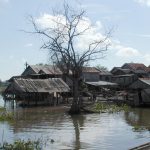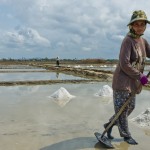Land transfers
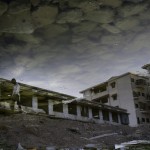
Land transfers in Cambodia assume a variety of forms involving both public and private entities. The right to transfer property to another and to be protected from forced transfer is essential to land tenure security. Land transfer capacity is a source of value for landowners, ...
Agricultural production
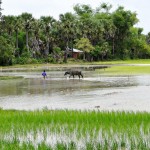
Rice field in Cambodia’s countryside. Photo by fmpgoh, taken on 15 July 2009. Licensed under CC BY-NC-ND 2.0The main products from the agriculture sector are rice, rubber, corn, vegetables, cashews and cassava. Unprocessed agricultural exports were projected to be more than 90 percent of total agricultural ...
SDG 15 Life on land
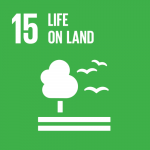
SDG 15 focuses on the sustainable use of terrestrial (land-based) biodiversity and ecosystems such as forests, grasslands, deserts and mountains and their interaction with freshwater systems. It aims to protect and restore their ecological function. The work includes applying sustainable land and forest management practices and ...
Electricity infrastructure
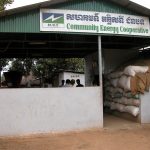
Rural energy cooperative in Cambodia. Photo by Nomade Moderne, taken on 23 March 2006. Licensed under CC BY-NC-ND 2.0The electricity distributed in Cambodia is partly generated within the country and partly imported. For many years, local generation was on a relatively small scale, and was ...
Private non-profit development assistance
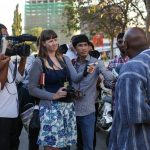
Maina Kiai speaking with journalists outside the Ministry of Foreign Affairs in Phnom Penh. Photo by Maina Kiai, taken on 6 February 2014. Licensed under CC BY 2.0The first humanitarian international non-governmental organizations arrived in 1989. After the 1993 election, more and more internal organizations ...
Plants
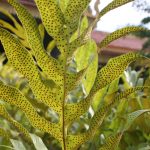
Although there are often new discoveries,221 a global lack of up to date data on botanical research makes plants biodiversity hard to assess in Cambodia. Compared to neighboring countries, the number of plant species is low, mostly due to the relative country’s flat landscape.222 Botanical knowledge ...
Multilateral development assistance
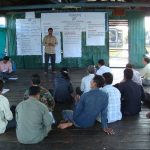
Mr Il Oeur, director of Analysing Development Issues Centre (ADIC), a domestic NGO and WorldFish partner in Cambodia, leads a local dialogue session. Photo by WorldFish, taken on 27 June 2013. Licensed under CC BY-NC-ND 2.0Multilateral aid is funding that is funneled between more than ...
SDG 4 Quality education
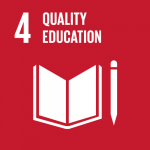
Sustainable Development Goal 4 – Ensure inclusive and equitable quality education and promote lifelong learning opportunities for all – focuses on education as a fundamental human right that is necessary for the achievement of all the SDGs.269 Education supports the achievement of gender equality by empowering women and is crucial to creating ...
Bilateral development assistance
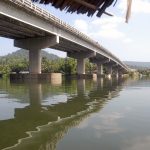
Phum Doung Bridge over the Tatai River. Photo by Robert Tyabji, taken on 9 December 2010. Licensed under CC BY-NC-ND 2.0Bilateral aid is assistance given by a government directly to the government of another country or to a local NGO. The Royal Government of Cambodia ...
Animals

Cambodian animals are state property under Article 48 of the Forestry Law of 2002. This places the Forestry Administration (FA) in charge of research programs and conservation duties. The FA carries this out through its Department of Wildlife and Biodiversity. Conservation programs in the field ...
Water policy and administration

In Cambodia, alternate periods of drought and heavy rains bring challenges for water management. The current trends show increasing annual rainfall and temperature throughout Cambodia, with a likelihood that both flooding and droughts will increase in frequency, severity and duration379. Water management involves issues of ...
Environment and natural resources
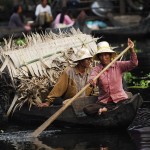
Around three quarters of Cambodia’s population depend on agriculture, forest products and fisheries for their livelihoods, so the management of the environment and natural resources is of great importance. Deforestation has occurred on a large scale. Cambodia lost six percent of its remaining primary forest ...
Overview of policy and legal framework
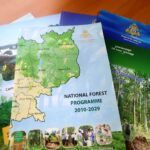
Environmental protection and conservation are given high priority in the Royal Government of Cambodia’s guiding strategy, the Rectangular Strategy Phase III (2014–2018). ...
Ground water
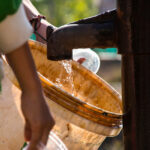
Cambodia relies heavily on its groundwater resources to overcome water shortages during the dry season. More than half of the population depends on it when enough surface water is not available. At a certain depth, the ground is saturated with water, and the upper surface ...
Forest protection NGOs
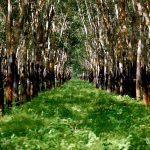
The protection of Cambodian forests is primarily the responsibility of the Ministry of Agriculture, Forests and Fisheries (MAFF) and the Ministry of Environment. There are, however, many non-governmental organizations (NGOs) working in the area, from United Nations (UN) agencies and other global bodies to locally-registered ...
Environmental impact assessments
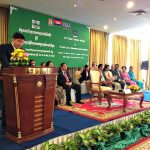
The primary legal requirements for environmental impact assessments (EIAs) in Cambodia are set out in Content II, Book V of the Environment and Natural Resource Code466, Chapter III of the Law on Environmental Protection and Natural Resource Management 1996467(EPNRM Law), and the Sub-Decree no. 72 ...
Aid and development
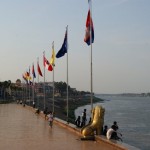
Following the Paris Peace Accords signed in October 1991, Cambodia has received a significant amount of global support for its development and post-conflict work. In 2014, 30 – 40 percent of the country’s national budget is funded through development assistance, placing Cambodia among the most ...


